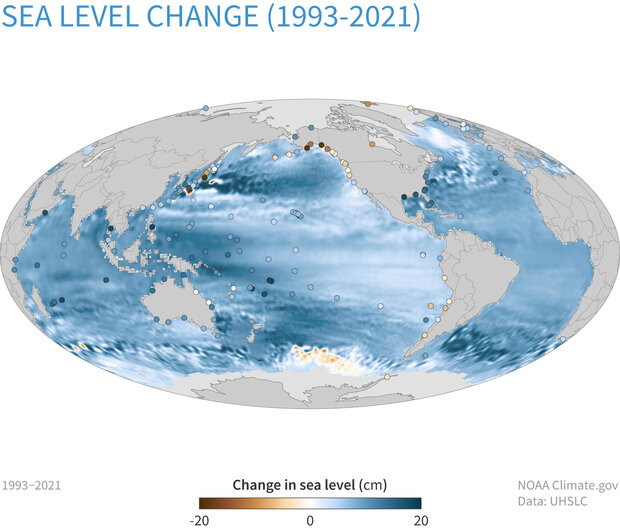Module 2: Ethics, AI Ethics, and Geoethics Frameworks
Geoethics case study 2
Case studies
Our Geoethics and AI case studies are inspired by the Geoethics case studies in Scientific Integrity and Ethics with Applications to the Geosciences, edited by L.C. Gundersen.
Overview
You are a member of an important government working group focused on the effects of climate change. You specifically lead a team of researchers focused on predictions of sea level rise.
For years, your team studied the projections of climate change and sea level rise using traditional physics-based numerical modeling techniques. These techniques are computationally expensive, which can make estimating uncertainty challenging. Recently, your team has been investigating the use of AI techniques to improve your predictions. Although it increases speed of the models, it potentially introduces additional uncertainties into your models.
You have a report due to the working group and you must decide what all to include in the report. You know the results of the large report are used by policy makers as well as community and government leaders around the world as they prepare for the effects of climate change.
Discussion Questions for class
- How do you communicate your model uncertainty? Keep in mind that the end-users of your report are not other scientists but rather policy makers and government officials. How do you maintain trust in science, precision in your predictions, and ethical behavior in reporting your uncertainty?
- What do you do if the higher-ups in the committee push you to communicate only your most confident results? Does this change your answer? Why or why not?
- Do you explain that you have replaced part of your modeling with an AI approach? Why or why not?
